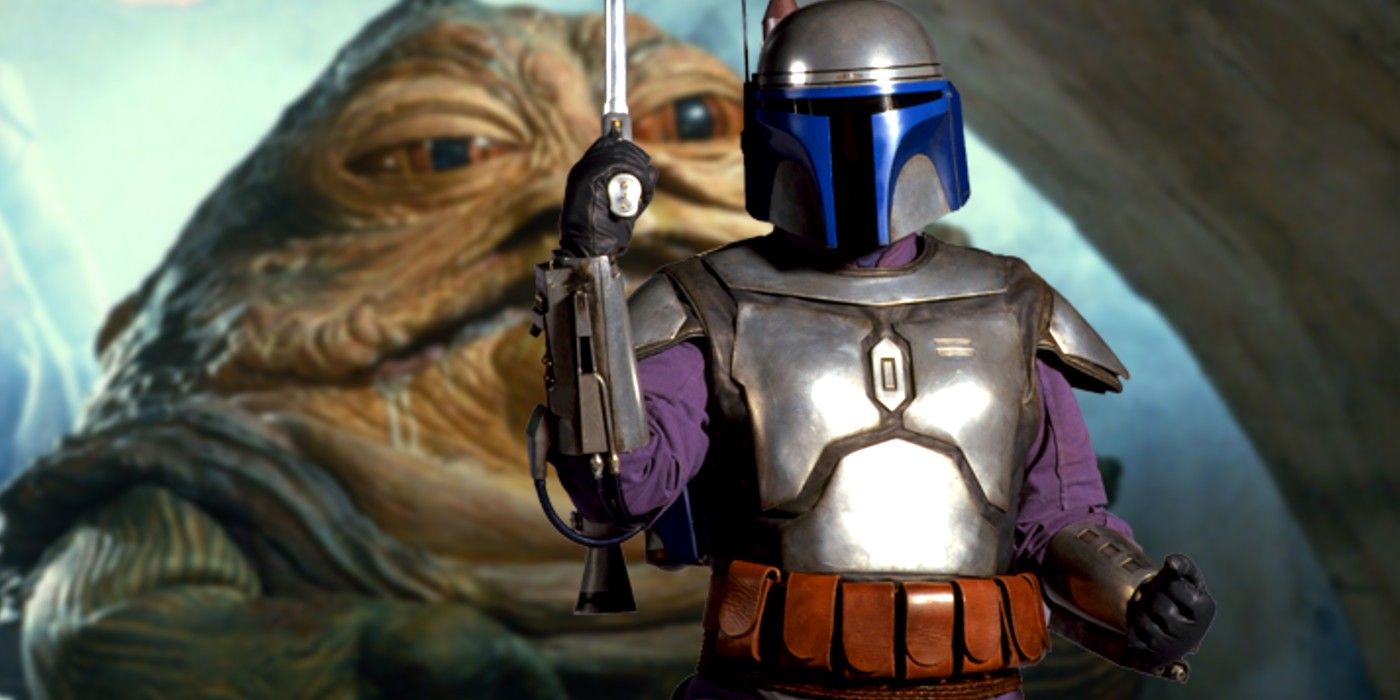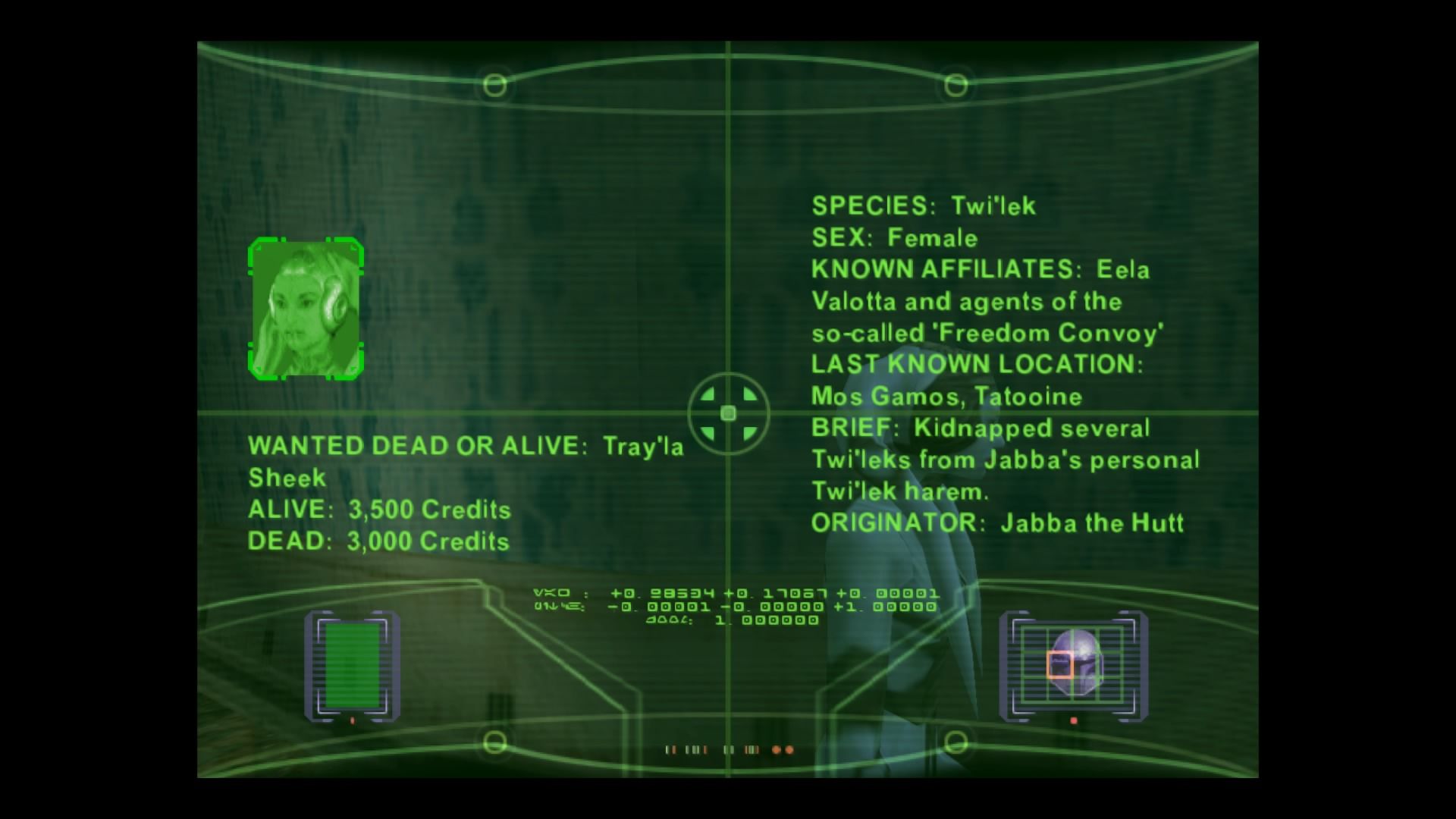When Star Wars: Bounty Hunter released in 2002 it provided vital information about the prequel era but it also did much, much more. For decades fans have wanted to know more about the Star Wars criminal underworld, and Bounty Hunter answered those prayers, letting players control famed bounty hunter Jango Fett while he dove into the seediest parts of the Star Wars universe in search of his prey.
Star Wars has always been a family friendly series but that hasn't stopped it from insinuating some disturbing, horrific things. To see the depravity inherent in the Star Wars universe one need only look to Return of The Jedi, the finale of the original trilogy. The film opens in Jabba's palace and shows genuine depravity. Jabba degrades women, forces them into his harem, and feeds them to the monstrous Rancor if they deny his advances. The scenes are quick but they are enough to create a grotesque, fascinating context that would finally be built upon in Star Wars: Bounty Hunter.
In Star Wars: Bounty Hunter, Jango pursues the Jedi-turned-drug lord, Komari Vosa. In order to find her, he must follow her drug trail, tracing her death stick operation all the way from distribution to production. This eventually leads Jango to Hutt territory and as the game's creative director, Jon Knoles, told Screen Rant, “the Hutt cartel and others clearly [have] their grimy mitts in all kinds of unsavory affairs.” While Bounty Hunter can't get too explicit (it has a T rating, after all) the game implies a lot through its side-bounties.
Bounty Hunter's Collectibles Reveal Star Wars' Seedy Underbelly
Designed as an optional, collectible mechanic, the bounties in Bounty Hunter allowed Knoles and his team to detail the horror of the Hutt operations without being overly graphic. When scanning for optional bounties a rap sheet appears and provides information on the target. Many involve legitimate criminals but others are quite disturbing in their implications. Via the scanner, Jango and the player learn of the “Freedom Convoy,” a group dedicated to freeing enslaved Twi'leks from Jabba's harem. Over the course of the game, Jango can capture, or kill, numerous affiliates of this group. Some are just former slaves who have escaped while others are important freedom fighters. The trauma implied by this groups existence, and Jango's systemic destruction of their noble efforts, are amplified by Jabba forcing a Twi'lek to dance for him and Jango upon their meeting.
Aside from the illicit activities of Jabba and his cohorts, Star Wars: Bounty Hunter's bounties also hint at the xenophobia that divides many in the Star Wars' universe. Bounty Hunter never makes any of these tense inter-species relations a focal point, but it touches on them in multiple ways. When going through the canyons of Tatooine, Jango stumbles upon Gardulla's genocidal violence against the Tusken Raiders as she sends legions of henchmen to mercilessly murder them. The sequence is disturbing and reflects how, according to Knoles, “Tusken Raiders (are) seen by most inhabitants of Tatooine as mindless killers” that need to be exterminated. Then, when dealing with the death stick manufacturers on Malastare, the prejudice against the Dug species is witnessed first hand. Zam, Jango's temporary partner, makes multiple derogatory remarks against the Dug and some bounties demand a Dug's death simply because they're a Dug.
Star Wars: Bounty Hunter offers players something unique within the Star Wars pantheon. The game strips away the rosy tint through which the series is often seen and grounds it in a disturbingly relatable world. Star Wars has never felt seedier or more real.


